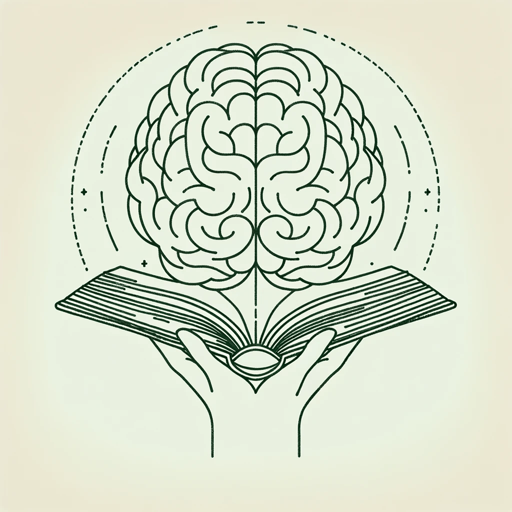56 pages • 1 hour read
C. G. JungModern Man in Search of a Soul
Nonfiction | Book | Adult | Published in 1931A modern alternative to SparkNotes and CliffsNotes, SuperSummary offers high-quality Study Guides with detailed chapter summaries and analysis of major themes, characters, and more.
Background
Ideological and Theoretical Context
Modern Man in Search of a Soul was published in the early 1930s, scarcely 40 years after Sigmund Freud revolutionized mental health with his theory of the unconscious, repressed urges, and resulting neurotic behavior. Previously, people with emotional problems were referred to their local religious officials for counseling, or, in extreme cases, were placed in asylums where treatment was primitive at best and cruel at worst. In Freud’s “talking cure,” patients describe their problems to a therapist trained in his system of psychoanalysis; they try to recall events from childhood that may have caused those problems. The therapist guides the patient with suggestions on how their current problems symbolize those early traumas; the hope is that the patient can accept and release the bad feelings and move forward in life.
Freud developed his theory during the late 1800s when sexual relations in Europe tended to be strictly limited to marriage. Unwed mothers were looked down on and had to struggle to survive. It was also an age of rapid industrial development, and the cold logic of machine-age culture sparked a cultural rebellion filled with romantic ideals. Young people found themselves caught between the formal rules of society and the idea that love, rather than arranged marriage, should dictate a person’s choice of partner.


